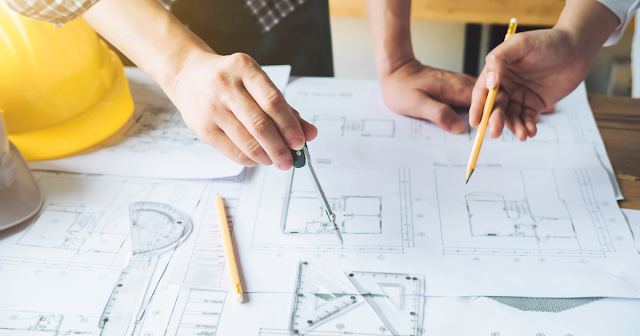10 Things Most People Don't Know About Eco-Friendly Architecture

beautiful home

Introduction
Eco-friendly architecture has become
increasingly popular in recent years due to growing concerns about climate
change and environmental sustainability. The construction and operation of
buildings account for a significant portion of greenhouse gas emissions,
resource consumption, and waste generation. Eco-friendly architecture aims to
reduce these negative impacts by optimizing the use of natural resources, minimizing
waste, and considering the impact on the environment. In this article, we will
delve deeper into the different aspects of eco-friendly architecture, exploring
the design considerations, materials, sustainable building practices, glazing
technologies, and passive solar heating.
Design Considerations
Eco-friendly architecture places great emphasis on design
considerations that can optimize the natural resources available while
minimizing waste and the impact on the environment. This involves taking into
account climatic conditions, natural surroundings, and the impact on the
environment to create a building that is energy-efficient and sustainable.
 |
| Home Planning |
One important design consideration is the orientation of the
building, which can affect its exposure to the sun, wind, and shade. The design
should also consider the materials to be used, the insulation, and the air
sealing, to ensure that the building is energy-efficient and comfortable to
live in.
Materials
The materials used in eco-friendly architecture
are critical in reducing the impact on the environment. The use of sustainable
and renewable materials can help to preserve natural resources and reduce the
carbon footprint of the building. One such material is bamboo, which is a
fast-growing and renewable resource that can be used in the construction of
floors, walls, and roofs. Recycled plastic is another sustainable material that
can be used in the construction of various building components. Reclaimed wood
is also a popular choice as it reduces the demand for new wood and can add character
to the building.
Sustainable Building Practices
Sustainable building practices involve adopting measures to reduce the impact of the construction process on the environment. One sustainable building practice is to elevate the construction to minimize the impact on the site, prevent flooding, and avoid easy access to certain pests. The use of native plants in landscaping projects can also help to minimize soil erosion and slow down water runoff. Other sustainable building practices include using recycled materials, minimizing waste, and adopting energy-efficient heating, cooling, and lighting systems. Sustainable building practices should consider the impact on the environment and aim to restore natural habitats while minimizing site impact.
Glazing Technologies
 |
| Beautiful window and view |
Glazing technologies have been continuously improving over the years to improve solar heat and light transmission and thermal insulation performance. The use of triple-glazed windows and continuous exterior insulation can improve the energy efficiency of the building. Clerestory windows and roofs can improve lighting quality, create air ventilation paths, and offer privacy in rooms where windows may infringe. The well-designed shading devices like overhangs, awnings, and trellises can improve natural lighting quality and reduce glare and contrast.
Passive Solar Heating
Passive solar heating is a sustainable building practice that can significantly reduce energy consumption and heating costs. It involves designing the building to maximize solar heat gain in winter while minimizing it in summer. The use of thermal mass, like concrete floors, can absorb solar heat during the day and release it at night to maintain a comfortable temperature in the building. Operable skylights can also help to minimize lighting, cooling, and heating costs by allowing natural light and ventilation into the building.
Conclusion
Eco-friendly architecture is a vital aspect of sustainable development that aims to reduce the negative impact of human activities on the environment. Sustainable building practices, including the use of sustainable materials, elevating the construction, glazing technologies, passive solar heating, and the use of native plants in landscaping projects, can significantly reduce the carbon footprint of buildings. By adopting eco-friendly practices in the construction of buildings, we can minimize our impact on the environment and preserve natural resources for future generations. Moreover, eco-friendly buildings are not only.


Comments
Post a Comment